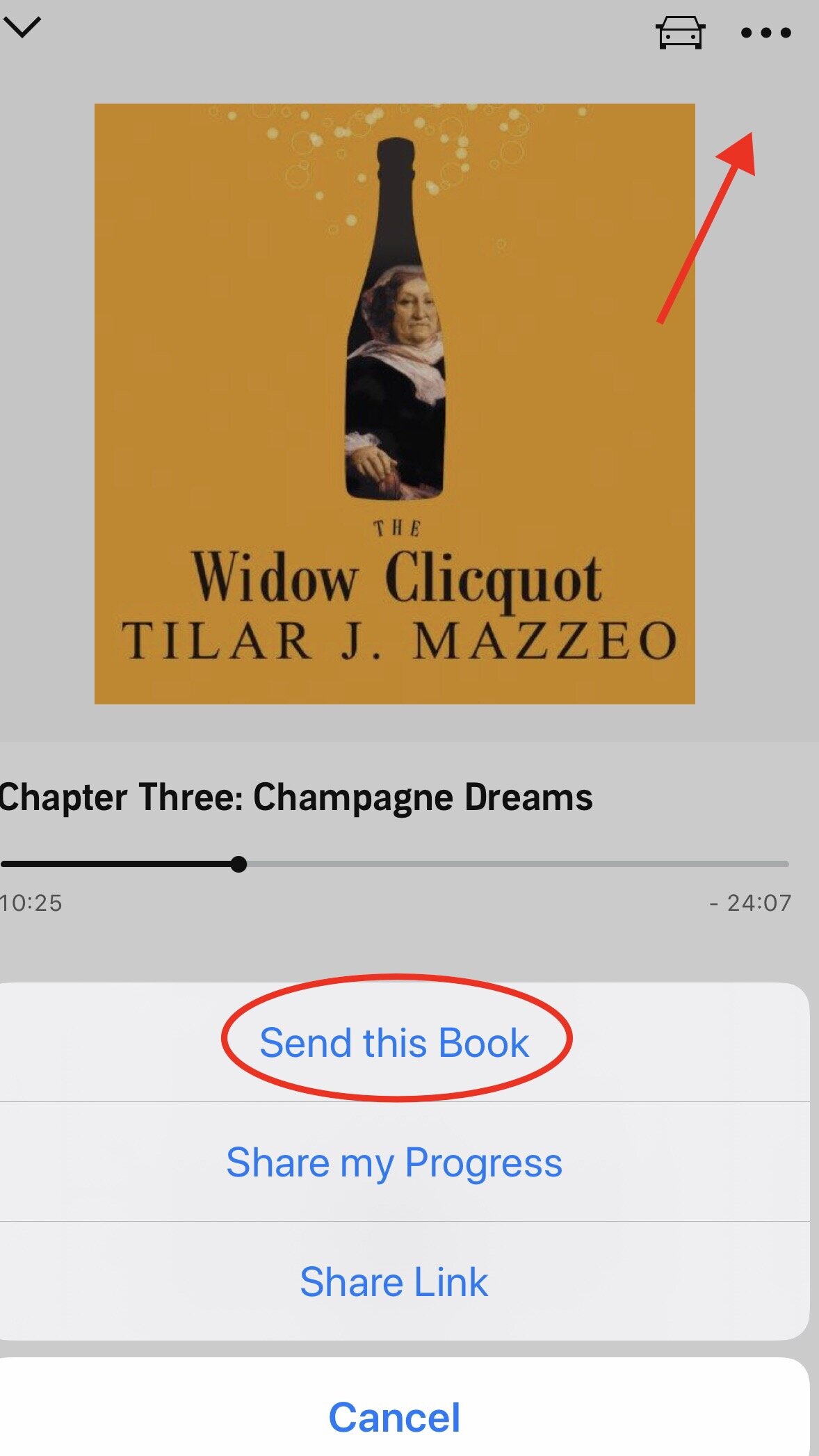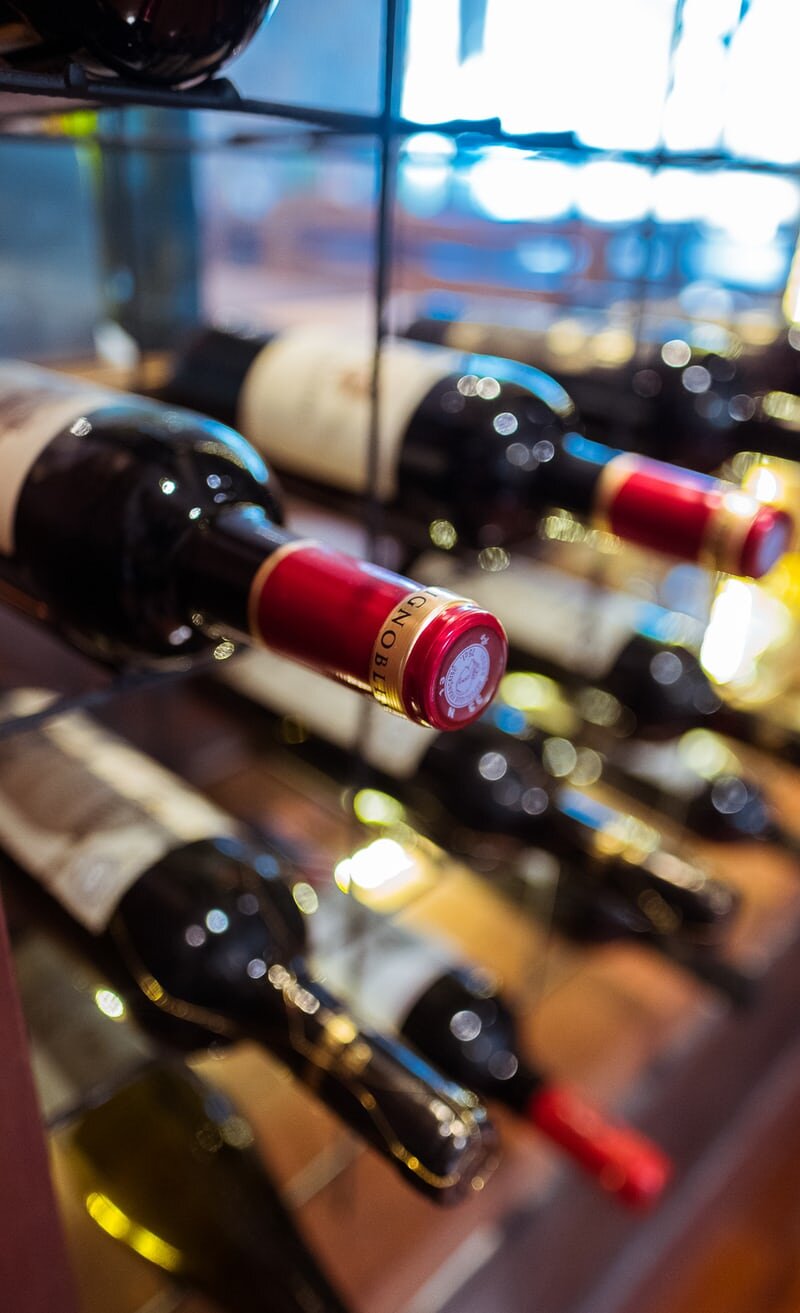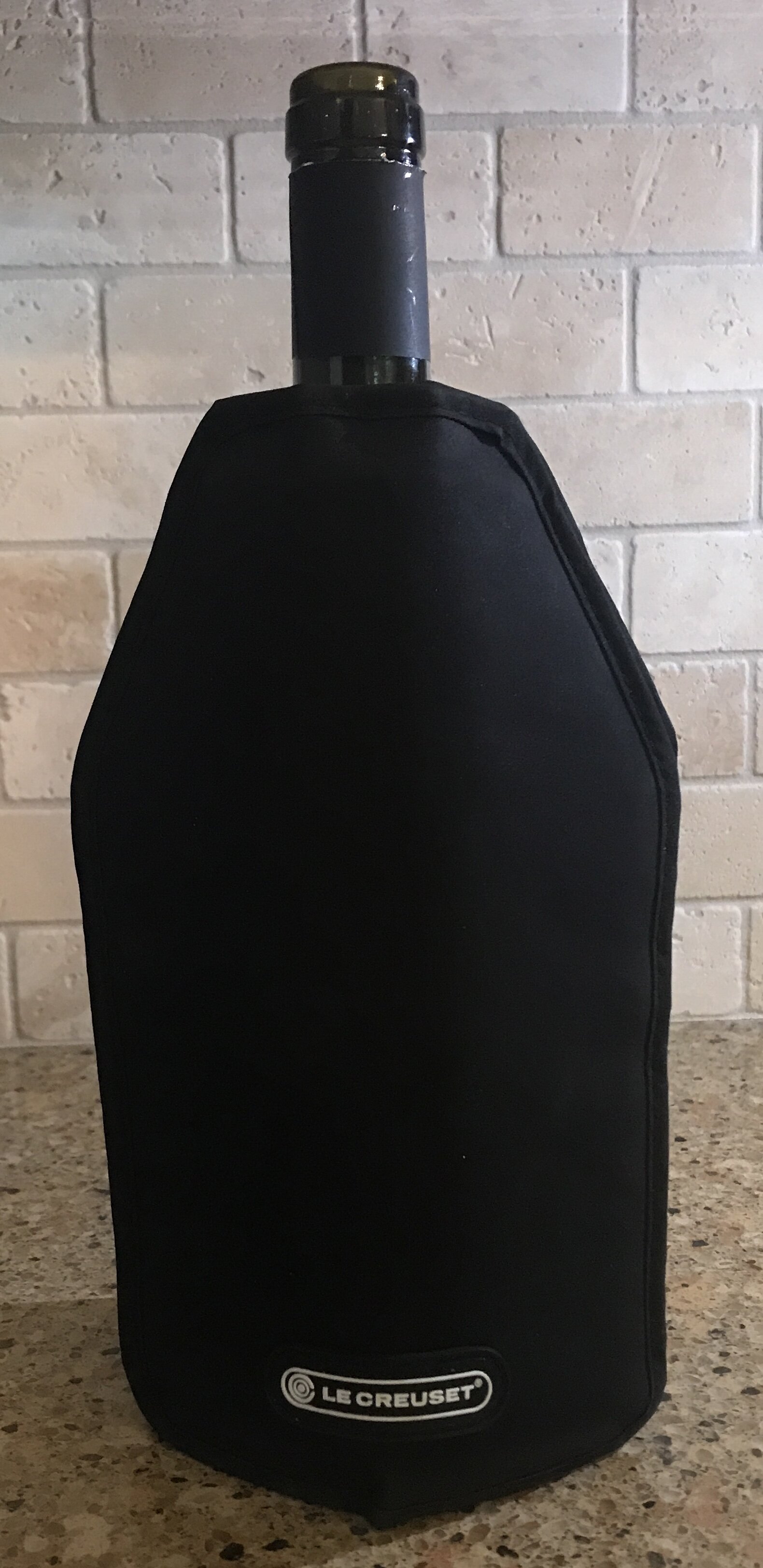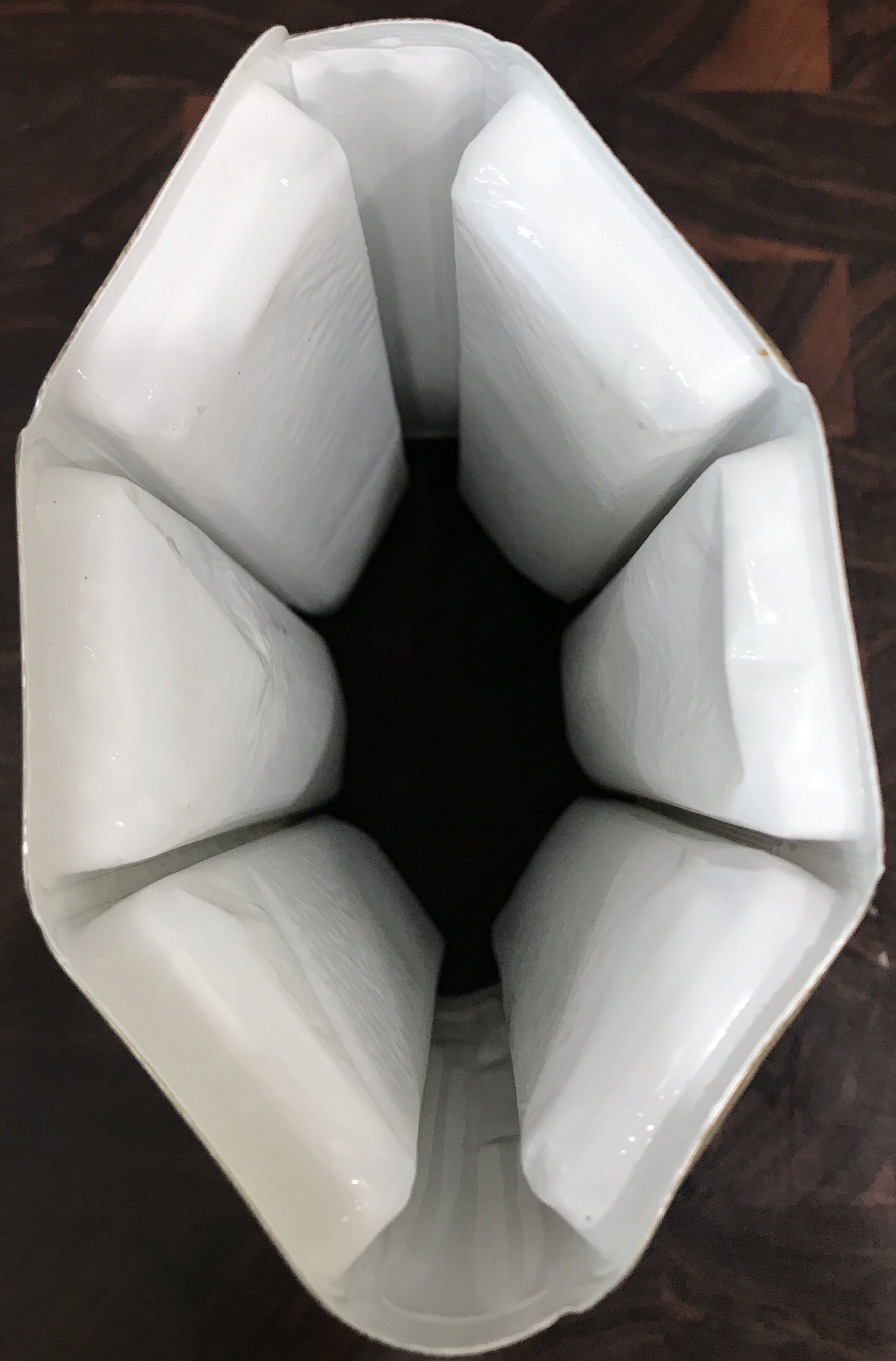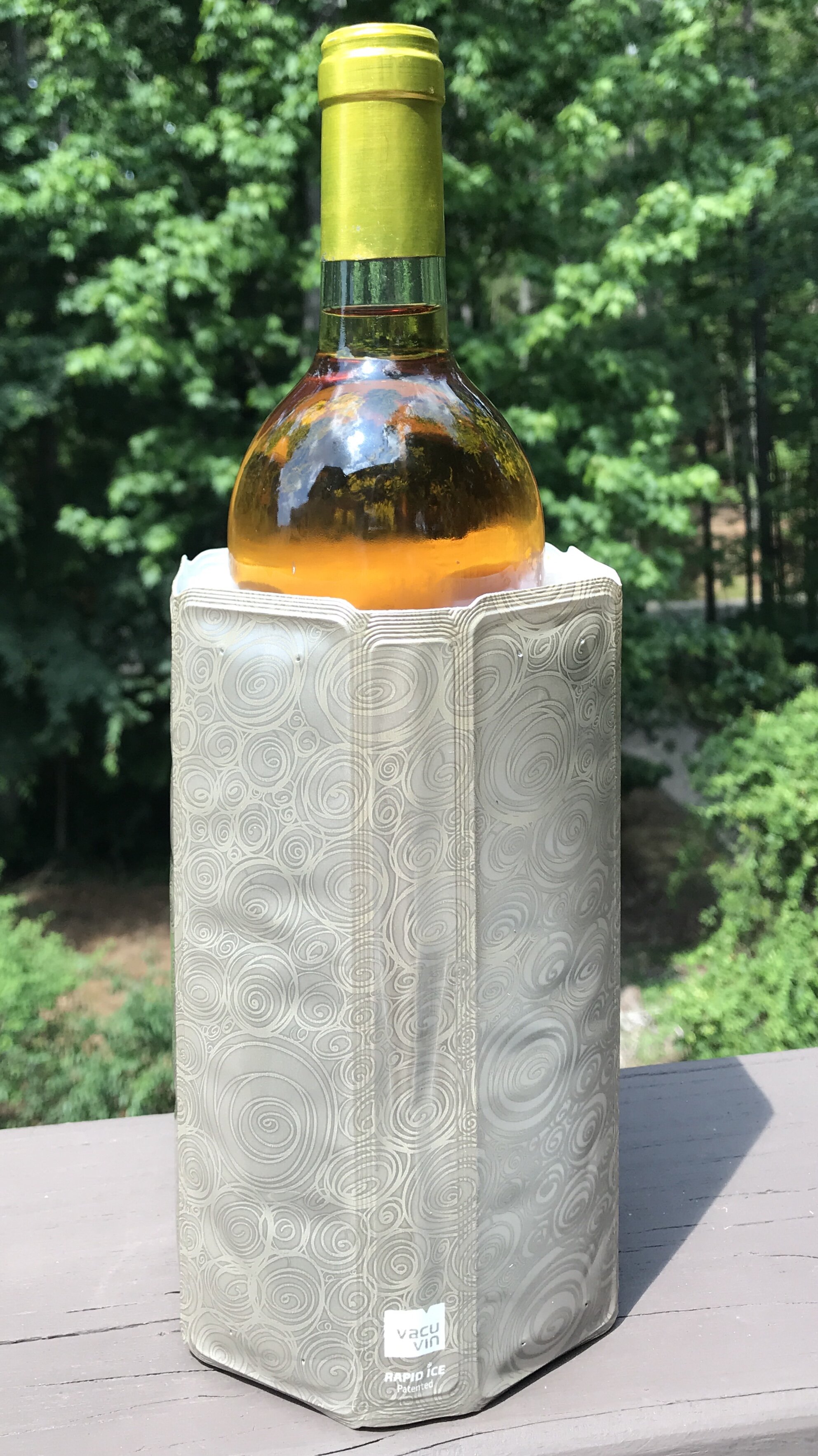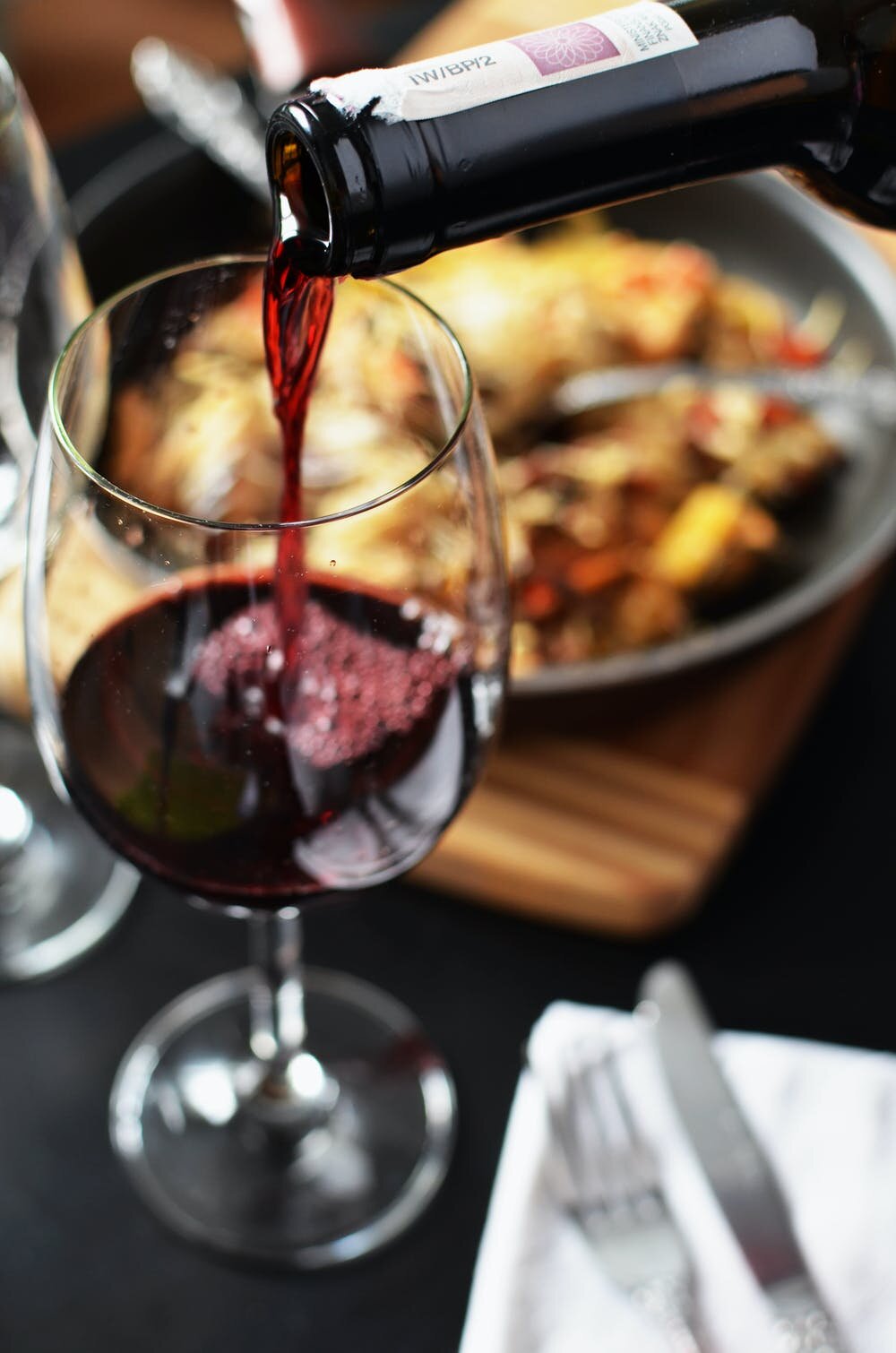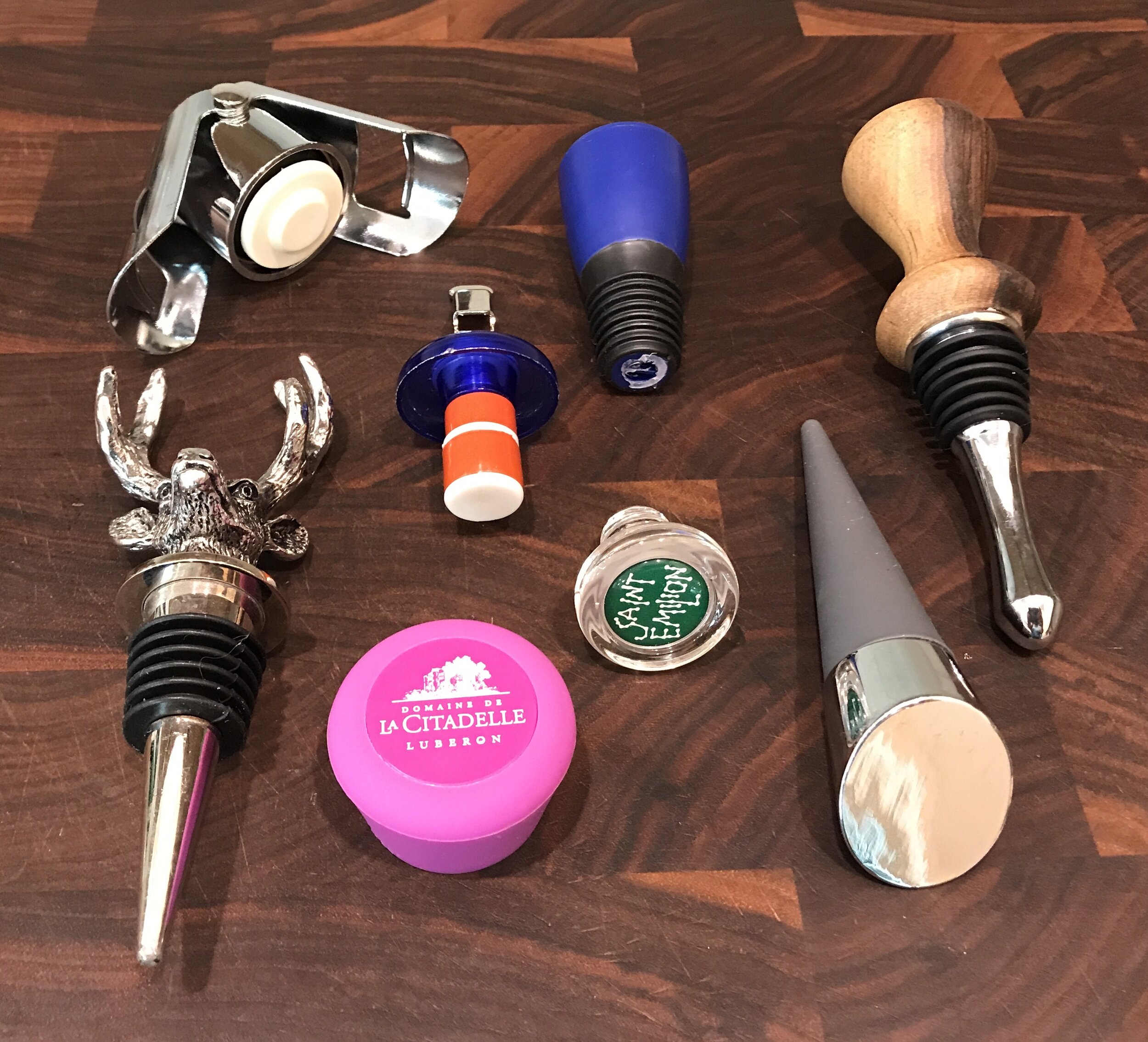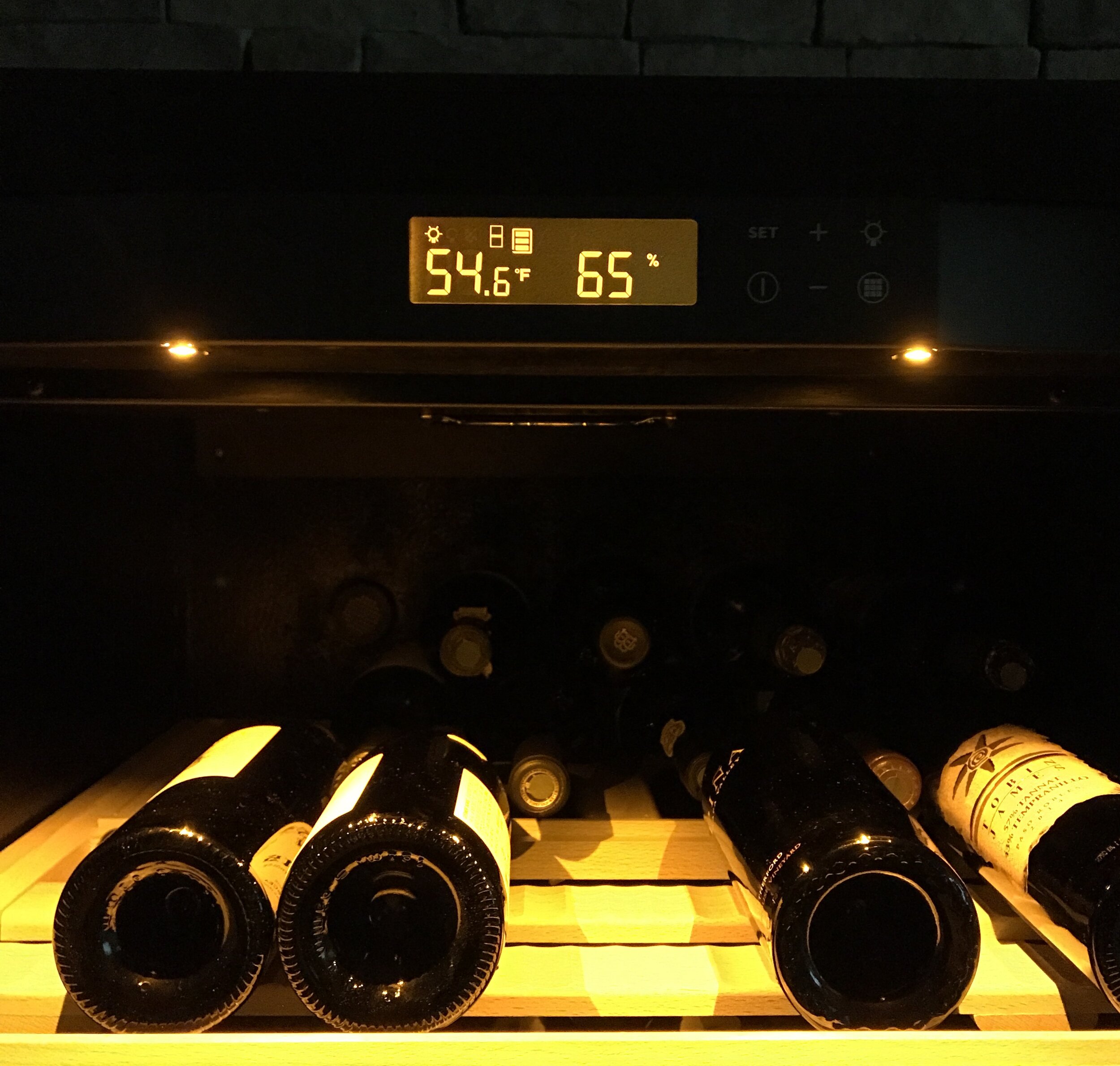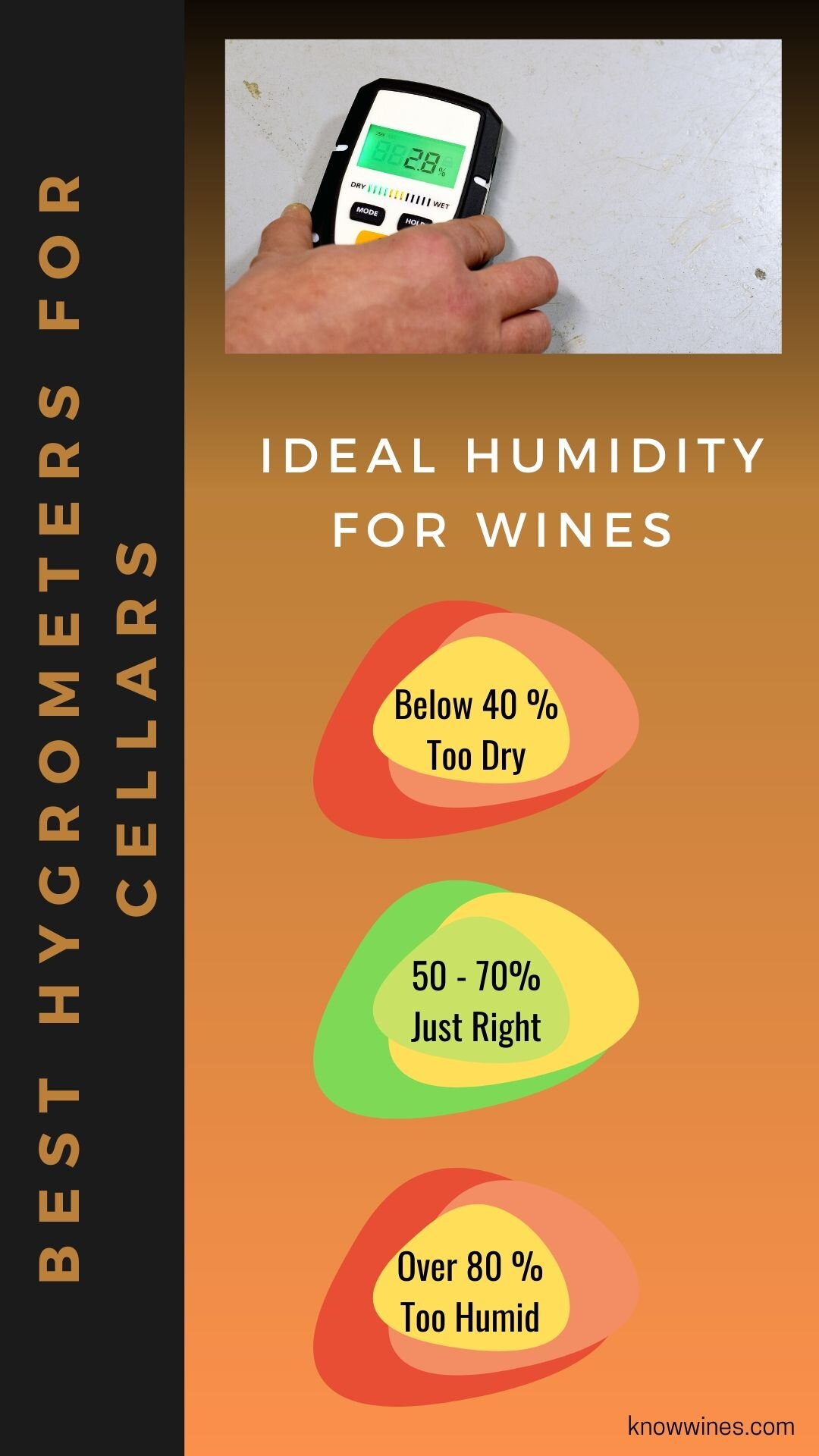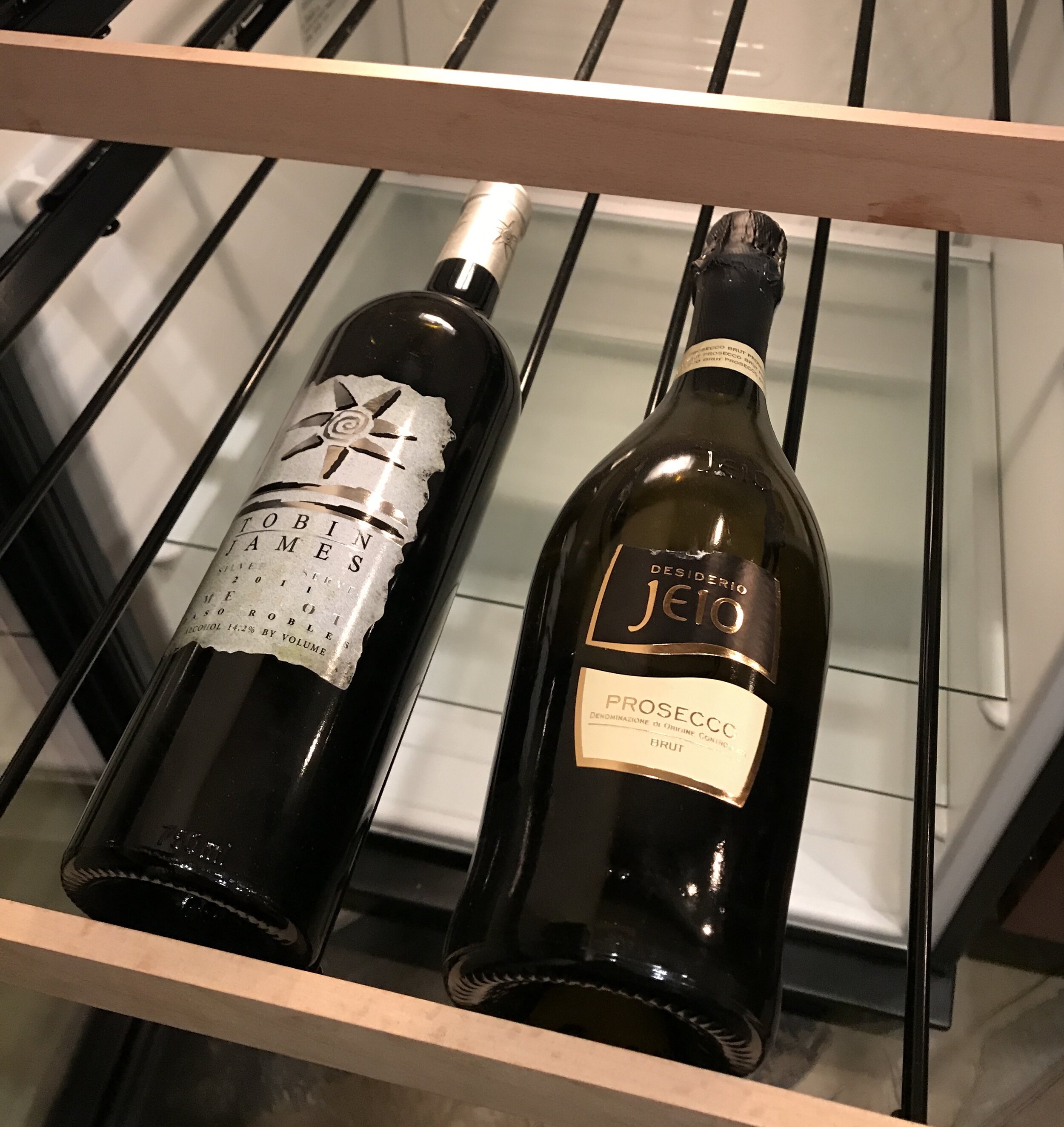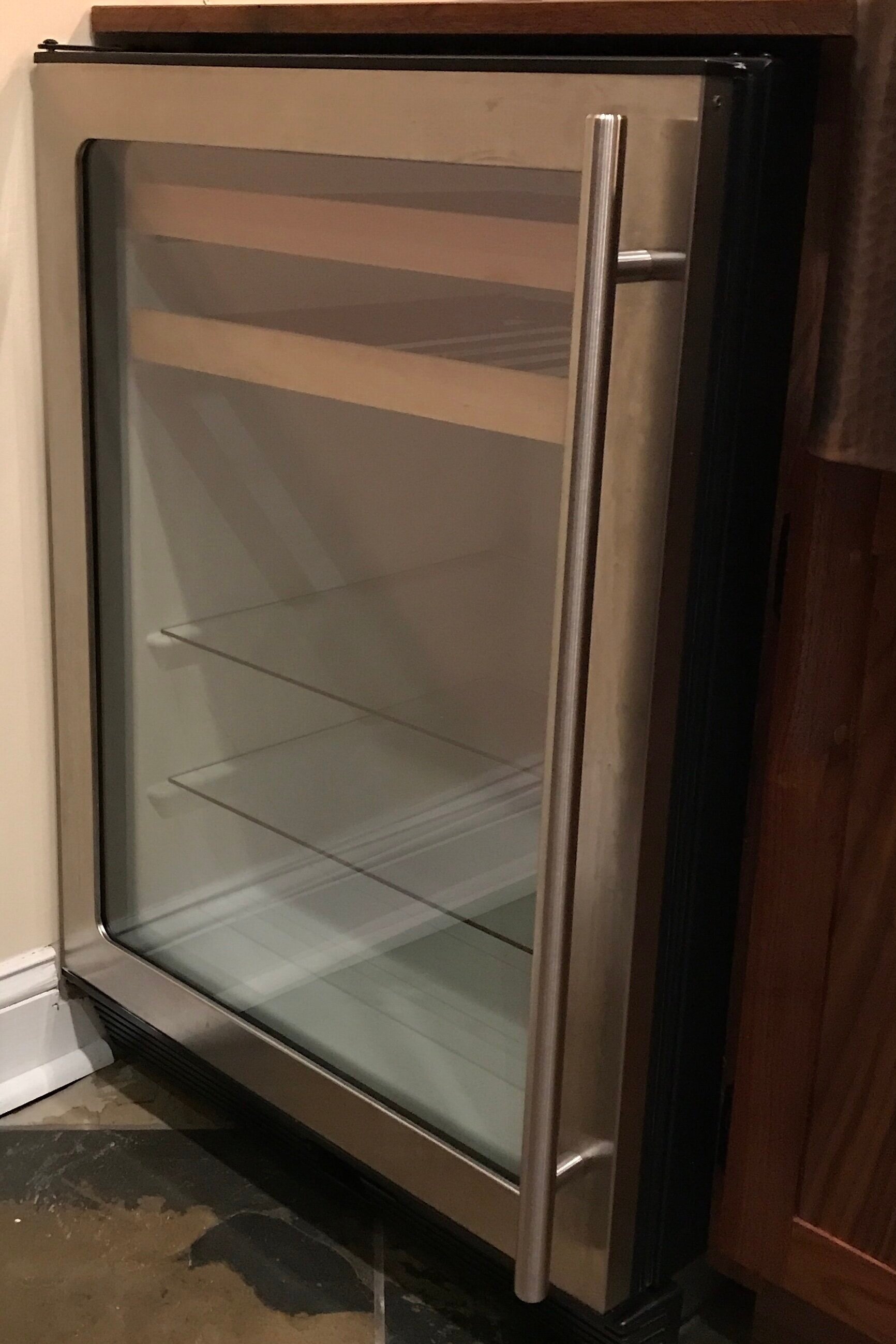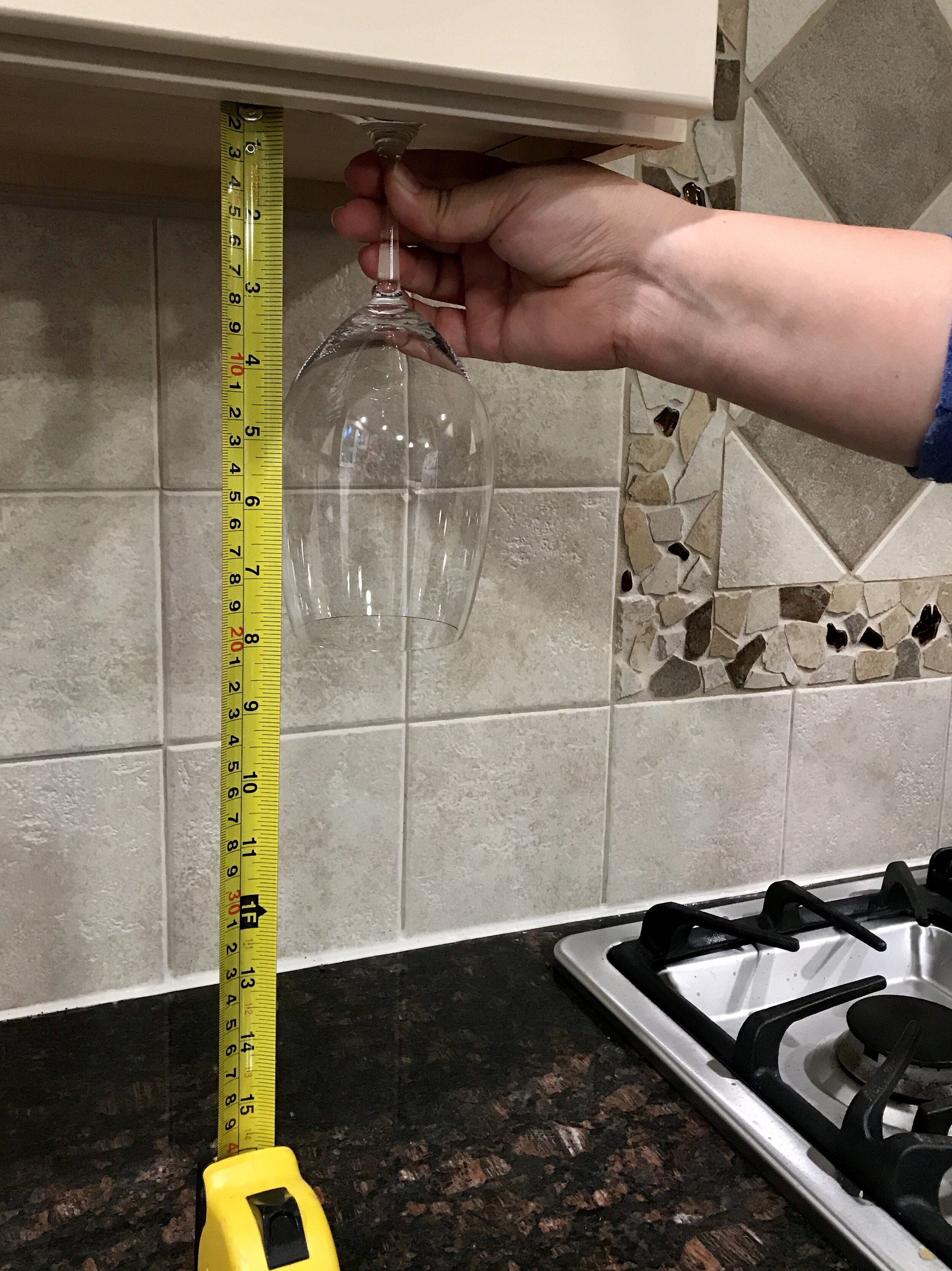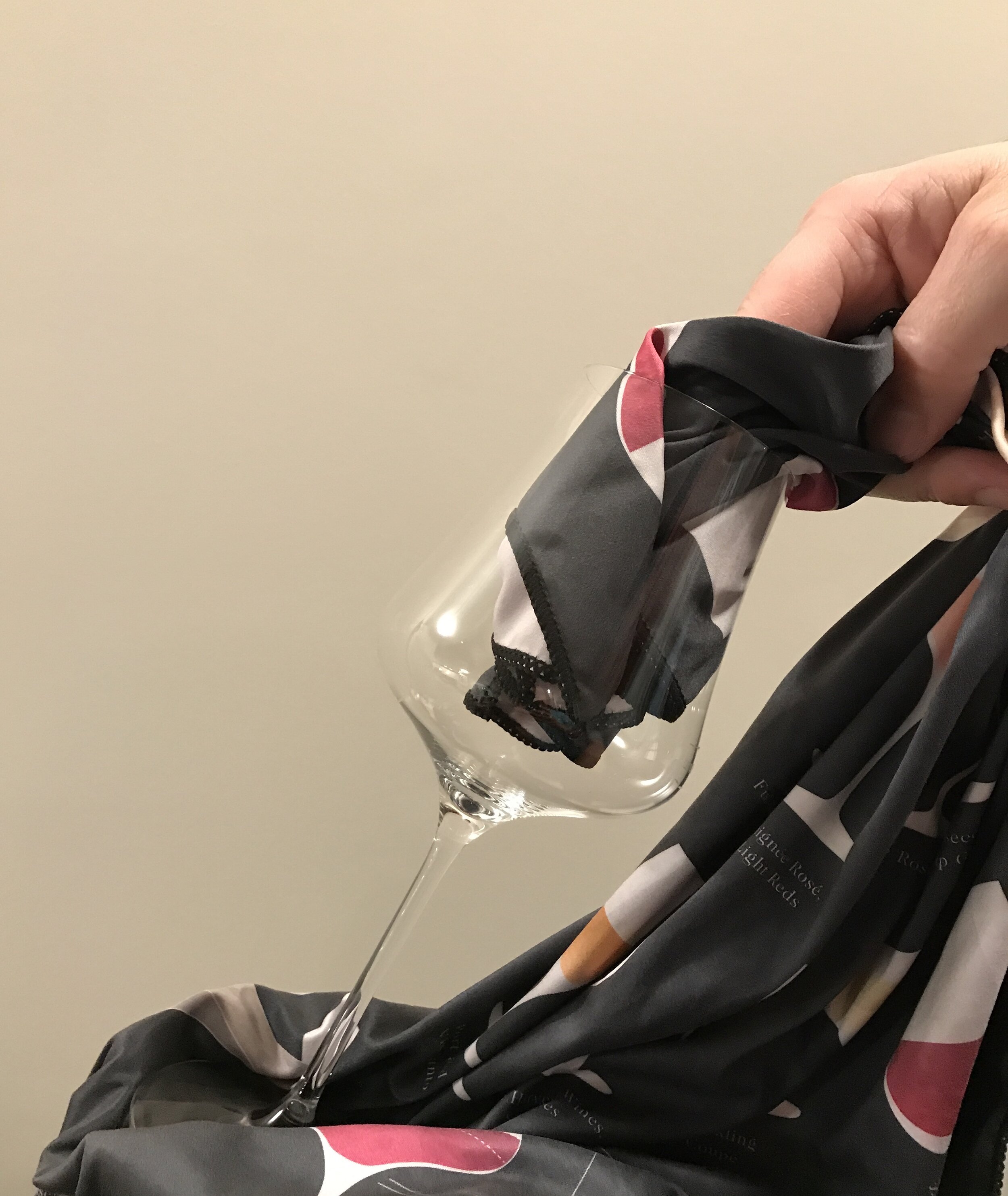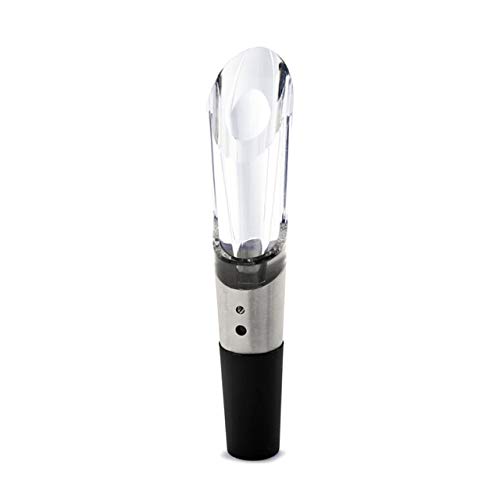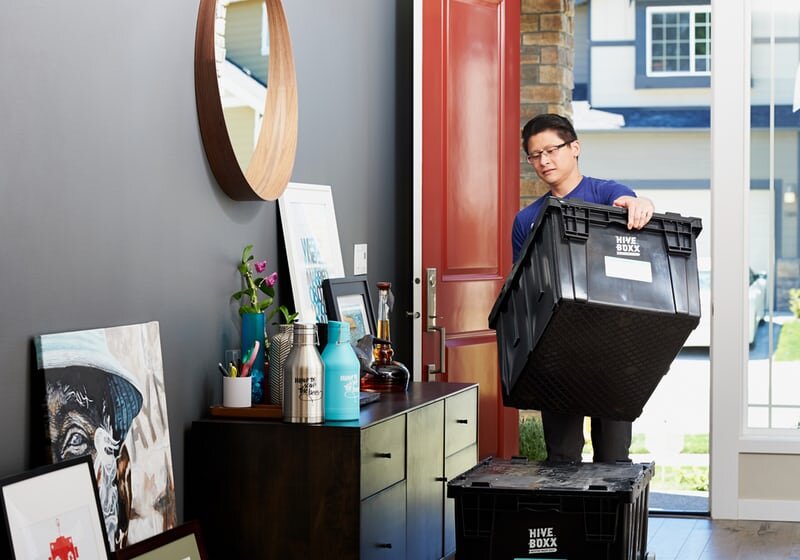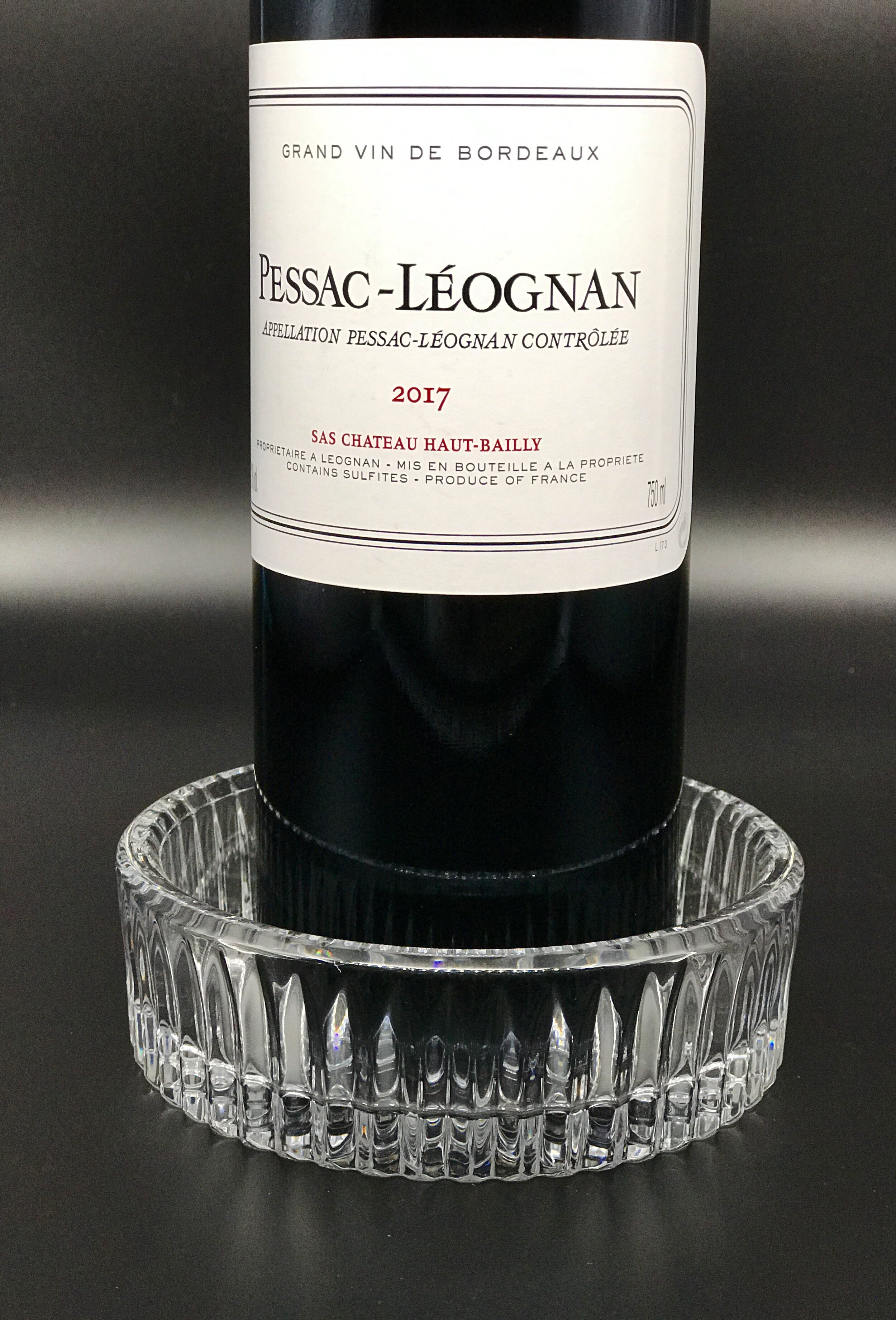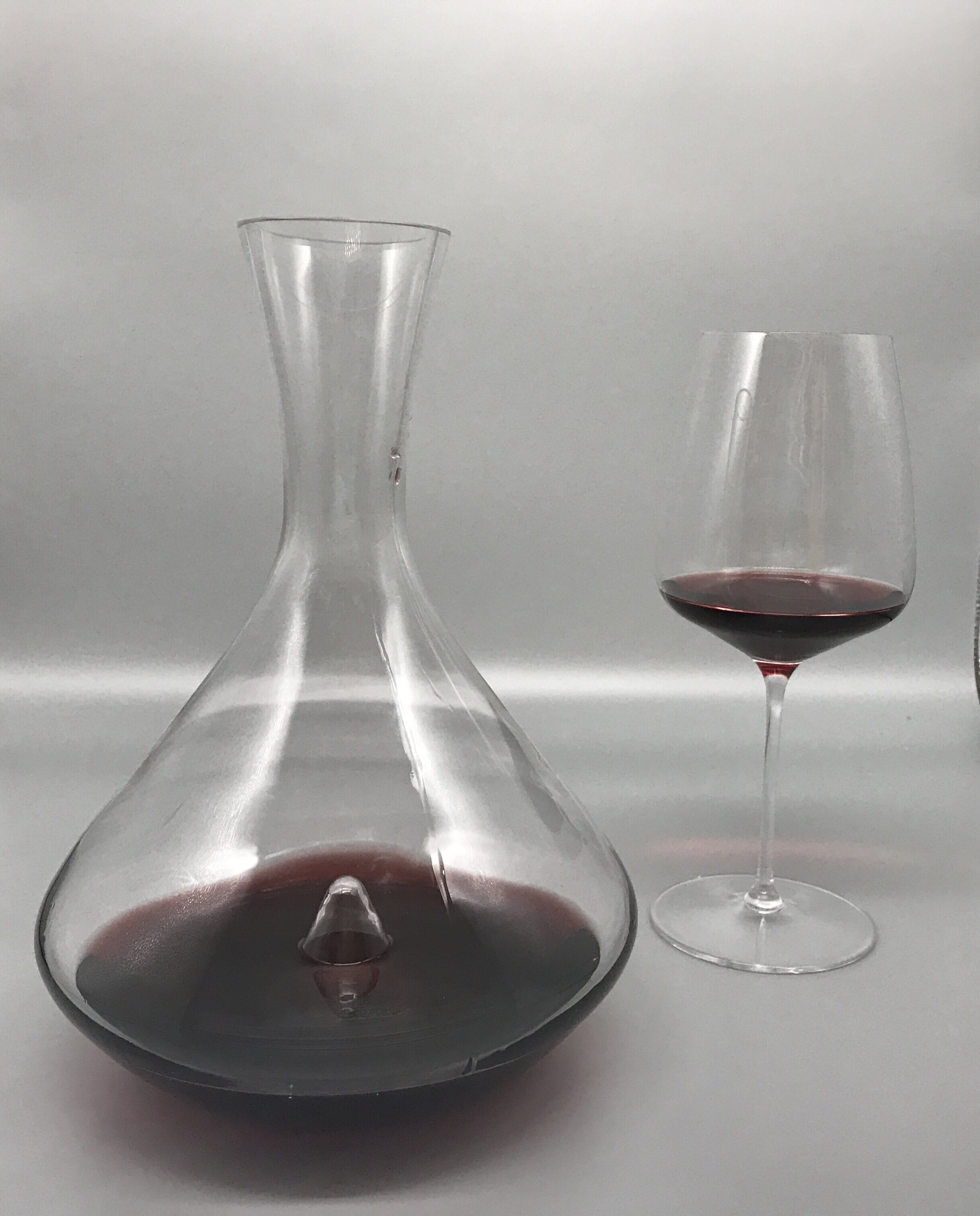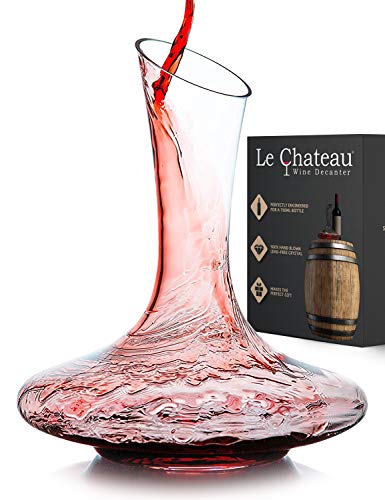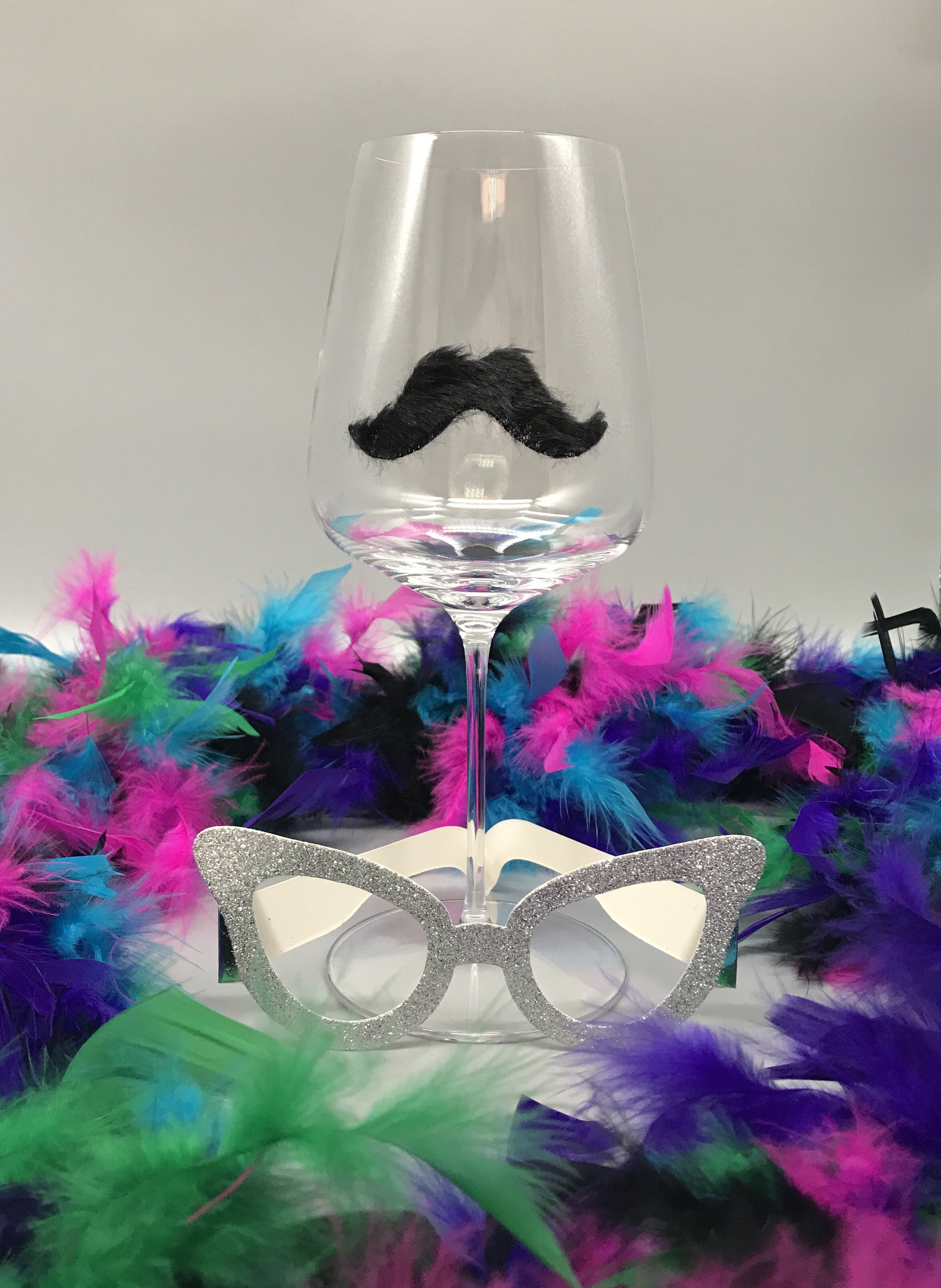Is learning more about wine one of your goals?
If so, here are the best ways to educate yourself as an oenophile:
Gain more exposure to styles of wine through tasting, conversation, and reading
Through that exposure, dial in on exactly what you want to know about wine. Are you wanting a general guide or do you want to geek out on a specific wine region like Saint-Émilion or Champagne? Do you want to learn how wine is made, or maybe you’re specifically curious about women winemakers?
We understand that not everyone has time to sit down and read our favorite wine books cover to cover. That’s why we’re thankful for audio book services like Audible and Kobo, which let us drive or multitask while learning about wine.
Today’s blog offers our recommendations for our favorite audio wine books. Before we continue, though, a little about the KnowWines blog. We’re an Amazon.com affiliate and we do receive a small commission if you purchase items through our affiliate links at no cost to you. The commissions help us pay for web hosting fees, products to test, and other costs associated with running this site. Thanks for using our affiliate links and supporting our independent blog!
Let’s dive in!
Best Overall Wine Book on Audible
Raleigh resident and author Elisabeth Schneider’s Wine For Normal People is our current pick for the best overall wine book on Audible.
Schneider has recorded over 300 wine podcasts since 2011. Her speaking and teaching style is fun and upbeat, which is a big plus for an Audio book! She also freely shares her opinion on vineyard practices or marketing techniques that are not in the best interest of many wine consumers.
We love this book because of its funny stories, interesting analogies, and inviting style. Schneider really inspires the reader to get in touch with wine and its history instead of guiding listeners through the world of wine from a purely academic point of view.
Another great aspect of this book - it’s full of maps and other documentation which are available as a PDF download with purchase of the audio book version!
This audiobook would be a good gift for someone who perhaps already has a copy of Madeline Puckett’s Wine Folly (which does not have an Audible version) and wants to dig a little deeper into the topic without going too far into the weeds.
Best Audible Wine Books About Wine Fraud
The Billionaires Vinegar
This is a suspenseful thriller about the wine world that starts at a wine auction and gallops across the world. You won’t be able to press pause!
In Vino Duplicatas
The mysterious story of the exclusive world of ultrafine wines and the billionaires who inhabit it. Worth a listen!
Best Audio Wine Book on California Wine
Judgment of Paris: California vs. France and the Historic 1976 Paris Tasting That Revolutionized Win
This audio book has a hefty subtitle and a gripping retelling of a pivotal moment in the history of wine.
Best Investigative Wine Books on Audible
Tasting the Past: The Science of Flavor and the Search for the Origins of Wine
An adventurous wine book rich with history, science, and compelling characters from across the globe.
Cork Dork: A Wine-Fueled Adventure Among the Obsessive Sommeliers, Big Bottle Hunters, and Rogue Scientists Who Taught Me to Live for Taste
A funny and adventurous romp through the world of wine enthusiasts and wine obsessives (with a great title to boot!).
Best Super-Casual Guide on Wine
At KnowWines, we love the casual, friendly approach to wine. If you appreciate a casual approach to wine that that lacks pretension, this wine book fits the bill.
Best Audio Book on Champagne
Get the scoop behind the glamour and glitz of bubbly (great for sharing tales at your next champagne-worthy event!).
The KnowWines Audible Primer
Now that you’ve reviewed all of our favorite audio wine books, here’s a quick guide on how to get the most out of your Audible experience.
How To Subscribe to Audible and Get 30 Days Free
A subscription to Audible generally runs about $15 per month and you get one book credit per month (this works out to be about $180 per year). Audible is not automatically free for Amazon Prime members. However, if you do have a Prime membership you may get some promotions throughout the year (like two for one on some books or three Audible book credits for a specified discount).
Here’s how to sign up for Audible if you’ve never used it before:
Create an Audible account.
Enter your credit card - it will not be charged unless you renew the subscription at the 30 day mark.
Click ‘Start Your Free Trial Now.’
How To Download an Audible Book
You can download your Audible book onto any device with an Audible App (such as ioS App, Android App or Windows 10 Ap). Audible books can also be downloaded to a Kindle device.
How To Share an Audible Book
When you have purchased an Audible Book, you can also share it with a friend. When you share it with someone, it is free for them and they don’t need to use a credit card as long as it is the first time accepting an Audible book from a friend.
To share an audio book, simply select the book in the Audible App, tap the three dots in the upper right corner, and then select “Send this Book” from the options that appear. Here, I sent a wine audio book to a friend via email. When I did so, this automated email appeared in their inbox notifying them that the book is available and providing instructions on how to download.
How To Return an Audible Book
You can take a sneak peek at most Audible books using the Audible preview, and thus, you should have a good idea of the book’s quality before purchasing it. Still, Amazon realizes that sometimes a specific book is not up to par.
If you are an Audible subscriber, you can return a book and get one credit (or a credit on your credit card if you did not use a credit) within 365 days of purchasing/selecting an Audible book. But no, you can’t return a random book you purchased and forgot about in 2017.
To return your Audible book and get another one, simply do the following:
Log into Audible.
Go to “Account Details.”
Select “Purchase History.”
For the troublesome book, select “Order Details.”
Under Options, select “Return Title.”
Select the reason you are returning (e.g., “Did not like the narrator.”).
To get the most out of your Audible subscription, check out this great article full of Audible insider tips.
How to Cancel Your Audible Subscription
It’s important to note that simply deleting the Audible App off from your device will not cancel your subscription.
To cancel your subscription, you must do the following:
Go to “Account Details.”
Select “Cancel Membership.”
Follow the prompts.
You won’t lose any of your previous purchases. You will, however, lose your ability to return books in exchange for other Audible books.
There’s also an option to place your Audible Subscription on hold for a month or two. To place your subscription on hold contact Audible Customer Service. You can only place the subscription on hold once per year.
The Wine Book Conclusion
Audio books are great way to learn about wine. You can listen to them while doing the dishes, going for a run, cleaning the house, or driving across town. Each of the books we’ve shared here provides a window into some aspect of the wine world. We hope you can use our Audible tips to enjoy these - and other - audio wine books!
Cheers!









